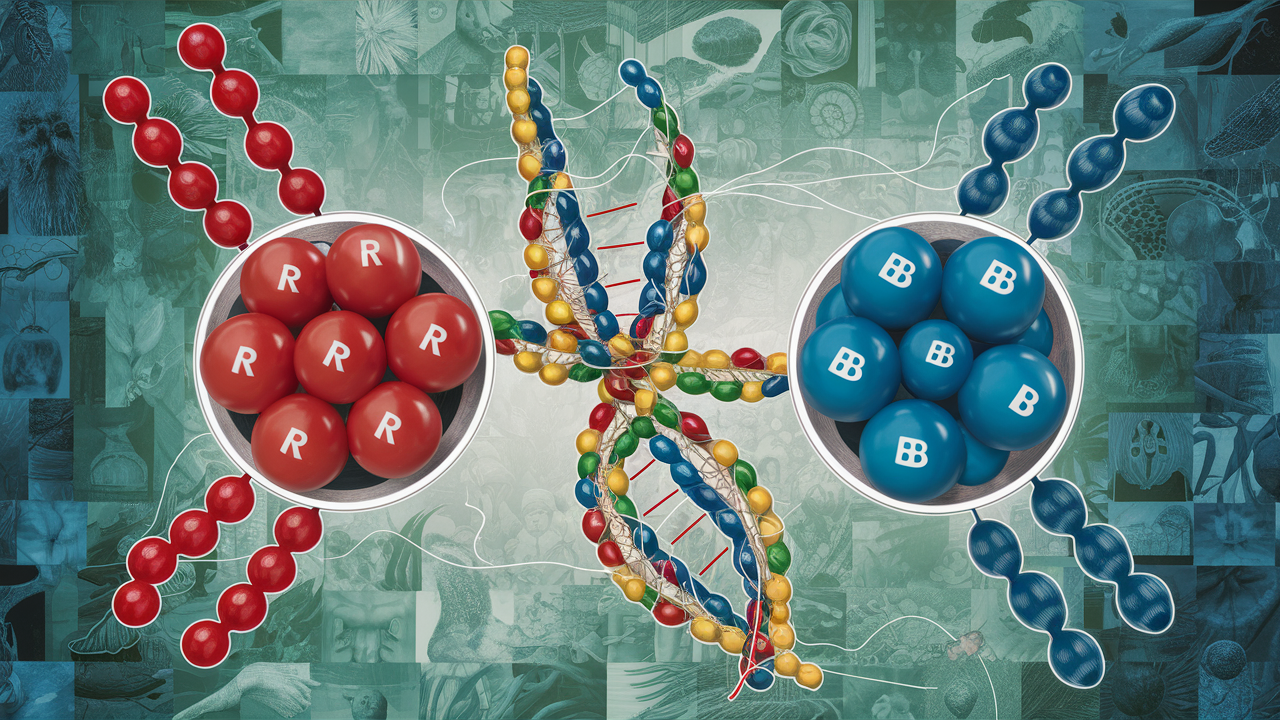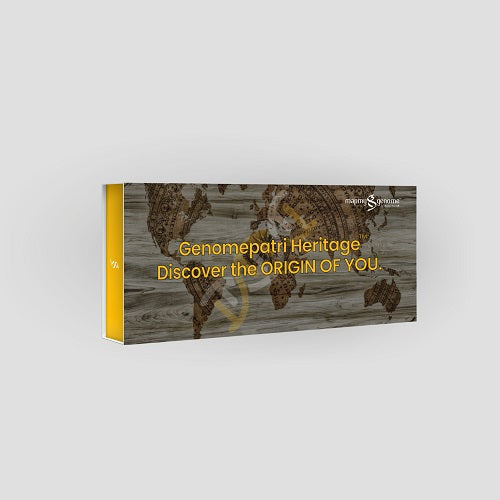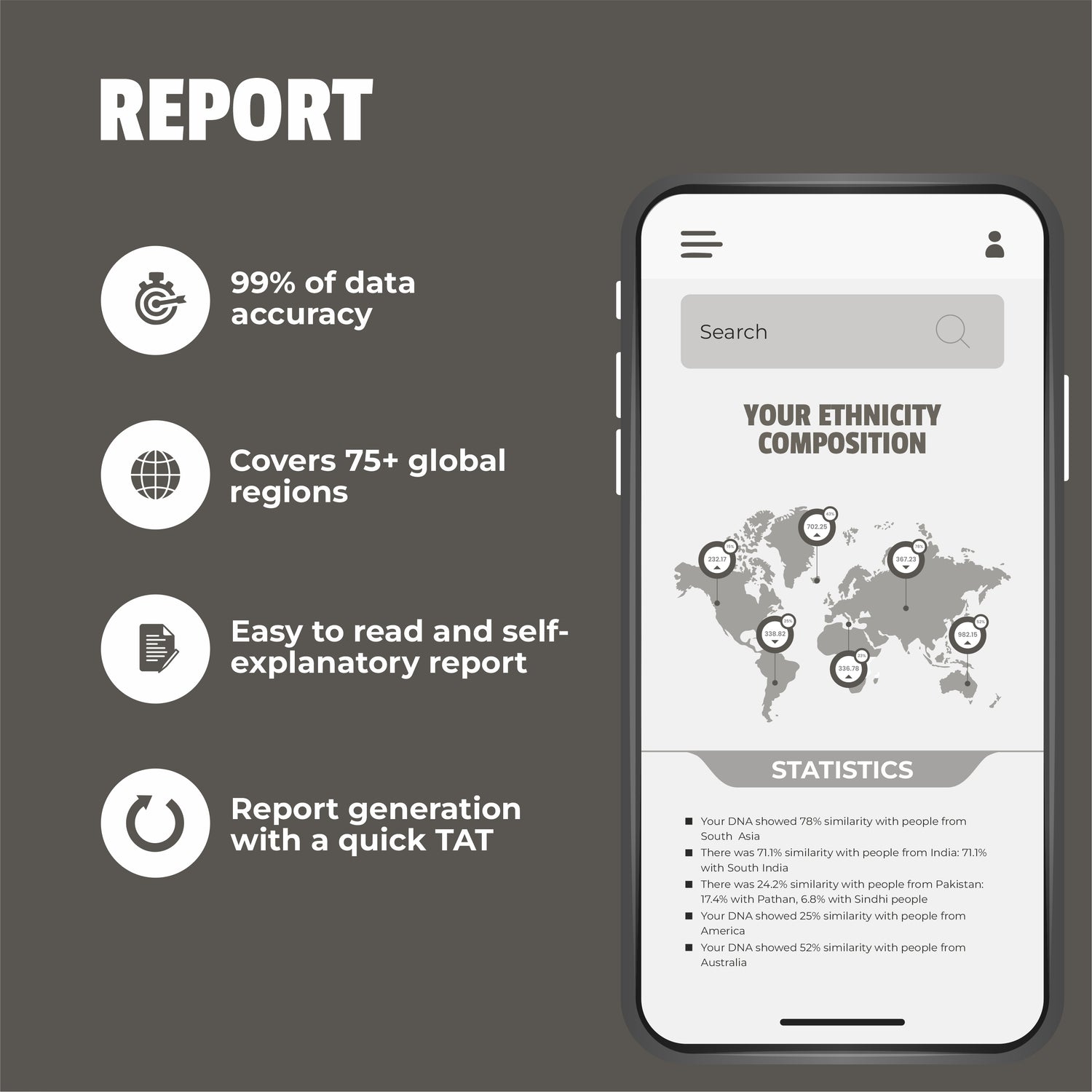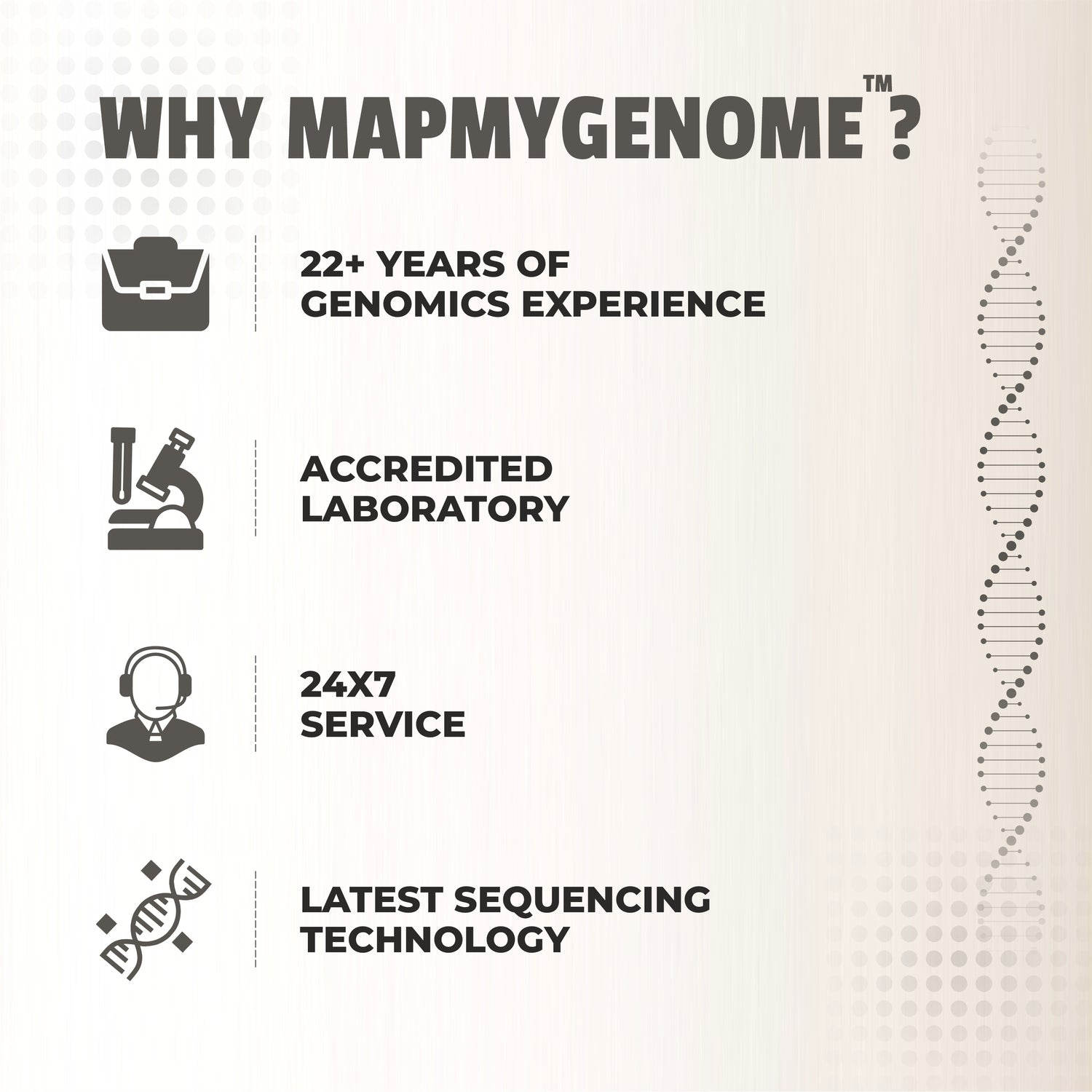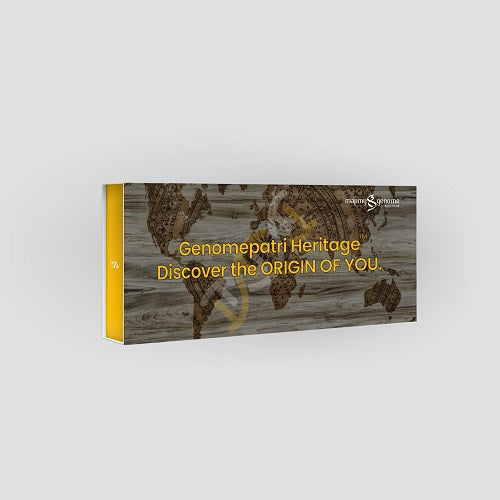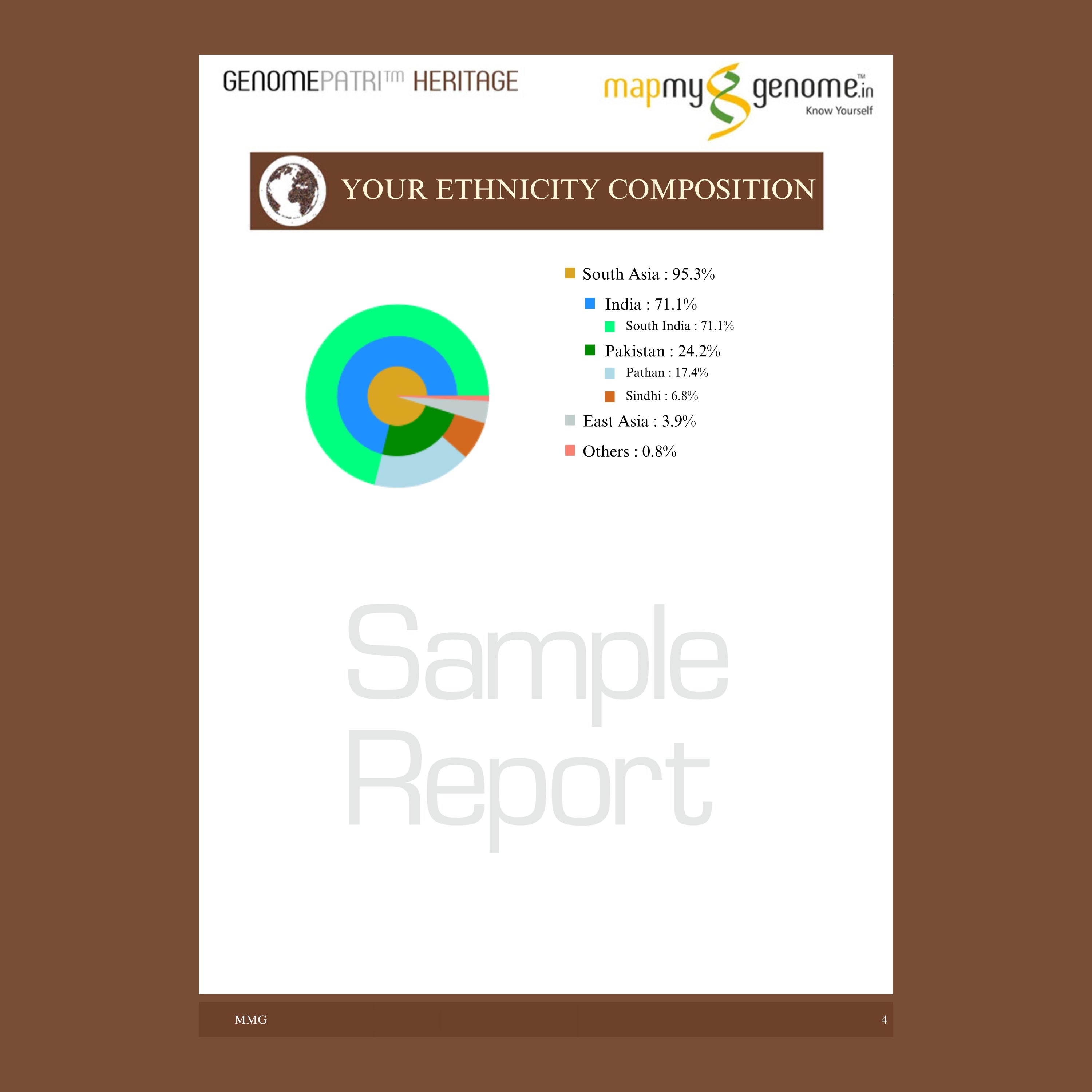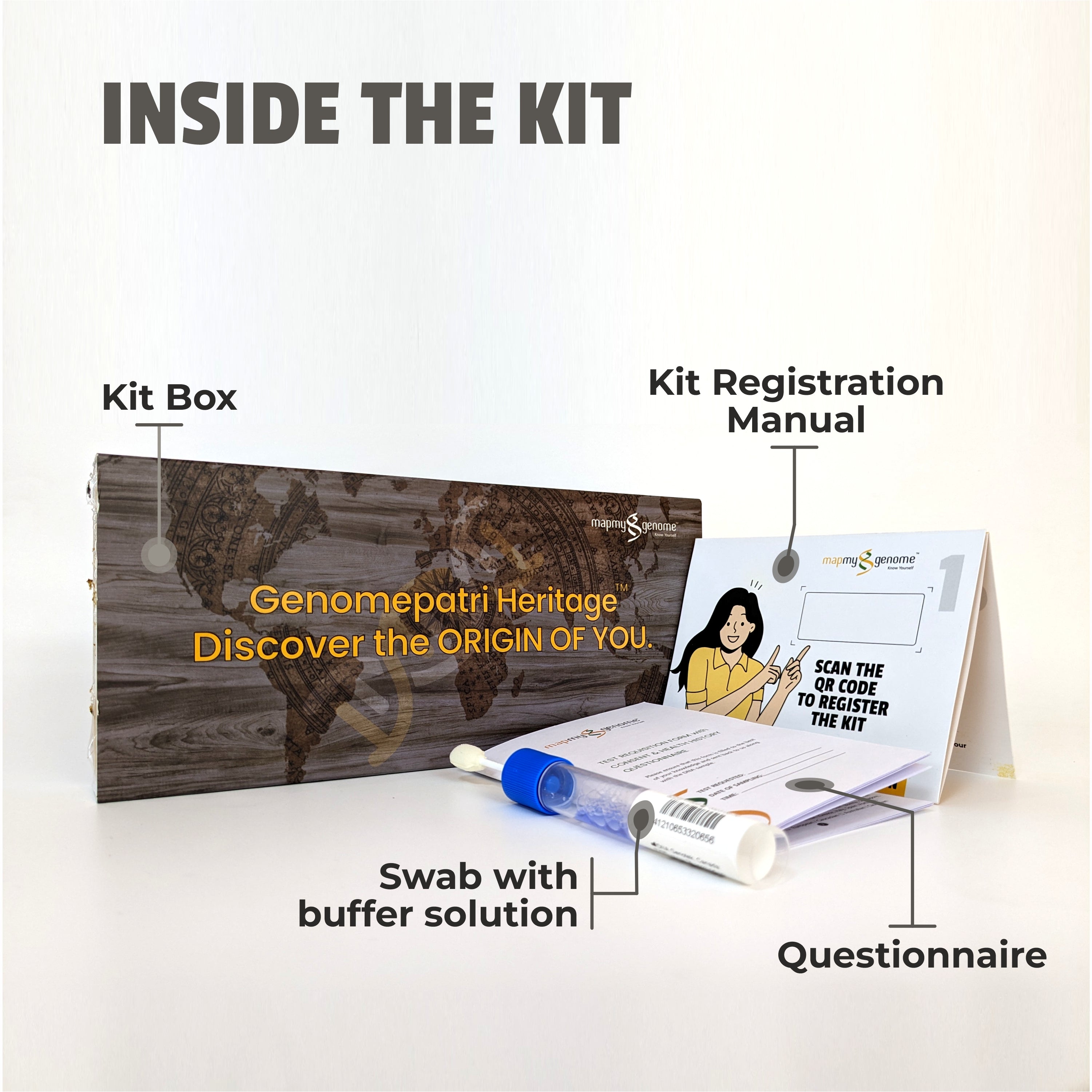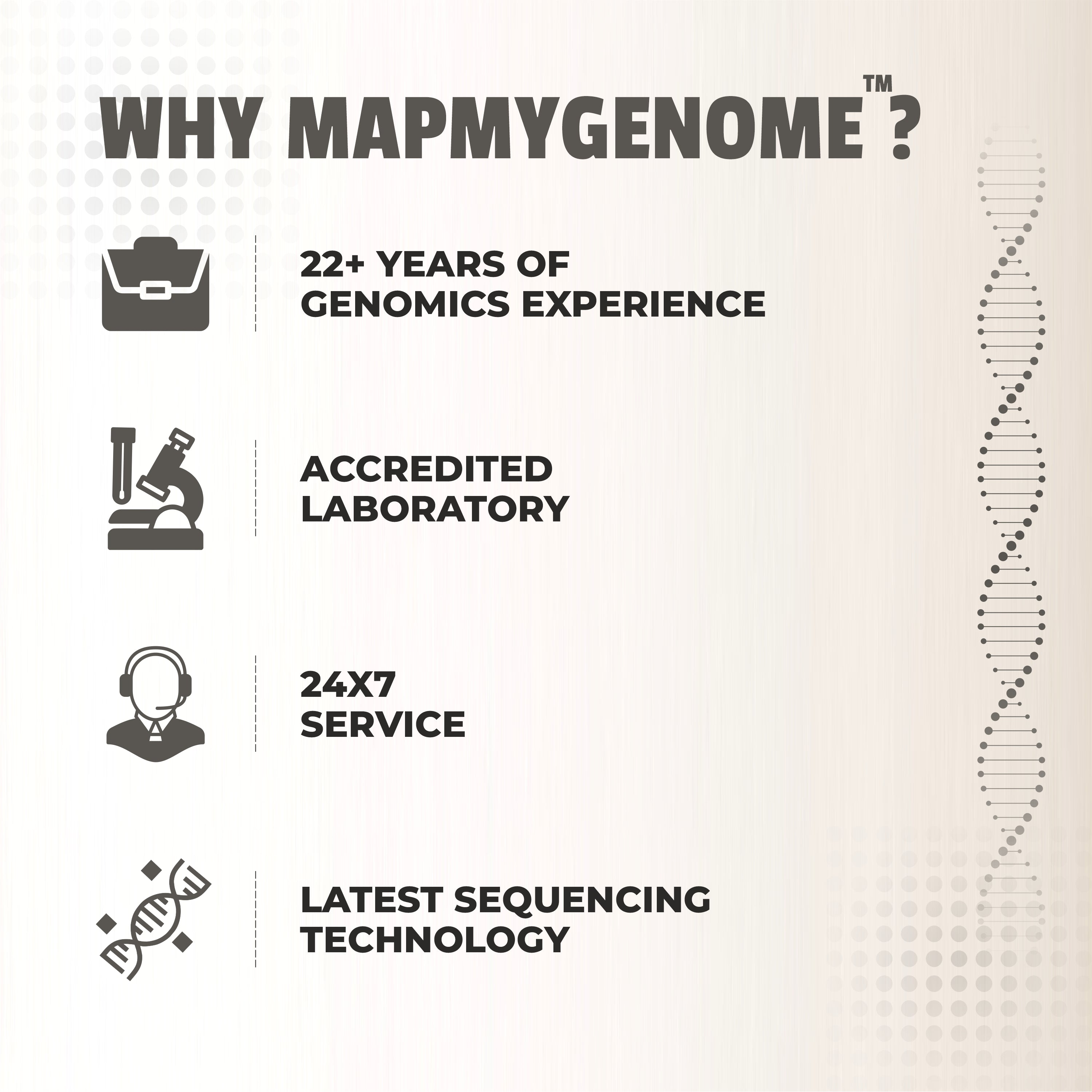Diving into the intricate realm of genetics, dihybrid inheritance stands as a pivotal concept, shaping the spectrum of traits observed in organisms. From eye color to height, comprehending the principles of dihybrid inheritance unveils the mysteries of genetic variation and inheritance patterns. In this blog post, we embark on an exploration of dihybrid inheritance, examining its principles, applications, and significance in contemporary genetics.
Principles of Dihybrid Inheritance:
Dihybrid inheritance involves the inheritance of two different traits controlled by different gene pairs located on separate chromosomes. Gregor Mendel's groundbreaking experiments with pea plants in the 19th century first revealed this phenomenon. His observations demonstrated that traits segregate independently during gamete formation, resulting in the emergence of unique trait combinations in offspring.
The Punnett Square, a graphical tool, aids in predicting the outcomes of genetic crosses, facilitating the comprehension of dihybrid inheritance. By considering potential allele combinations for each trait, scientists can assess the likelihood of specific phenotypic outcomes in offspring.
Applications in Genetics:
Dihybrid inheritance finds diverse applications in genetics, from forecasting the inheritance of complex traits to comprehending genetic diversity patterns within populations. Through the study of dihybrid crosses, scientists gain insights into the genetic underpinnings of multifactorial traits like human height, skin color, and disease susceptibility.
Moreover, dihybrid crosses contribute to understanding gene linkage and recombination, pivotal processes in genetic variation and evolution. Through the examination of genetic markers and linkage maps, researchers can map gene locations on chromosomes and investigate trait inheritance across different populations.


